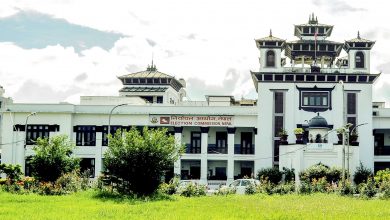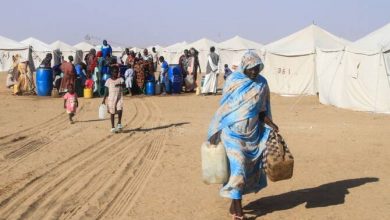Foreign Exchange Reserves in Excess of 2.4 Trillion

Nepal’s foreign exchange reserves have surpassed Rs 2.4 trillion, according to the latest report on the country’s current macroeconomic and financial situation released by the Nepal Rastra Bank (NRB).
As of the mid- March 2025, total foreign reserves reached Rs 2.409 trillion, a rise of 18% from Rs 2.041 trillion recorded at the end of mid-July.
In terms of USD, reserves increased by 13.1%, from USD 15.27 billion to USD 17.27 billion during the same period.
The central bank’s share of these reserves rose 15.2%, reaching Rs 2.13 trillion, while reserves held by other banks and financial institutions jumped 44.9% to Rs 279 billion.
The Indian rupee accounts for 21.7% of the total reserves.
Based on import data for the first eight months of the fiscal year 2081/82, the NRB says current reserves are sufficient to cover 17.2 months of goods imports and 14.3 months of combined goods and services imports.
The reserve-to-GDP ratio stood at 42.2%, reserve-to-imports at 119.4%, and reserve-to-broad money at 33%, all showing improvement from the mid-July, 2024.
Meanwhile, in the eight months of the current fiscal year, 2081/82, the year-on-year inflation has been recorded to be at 3.75 percent. Nepal Rastra Bank (NRB) made public the statistics on macroeconomic and financial status of the country in the last eight months on Wednesday and claimed that the inflation was within limit.
The inflation of the food and beverage in this period was 3.34 percent and the inflation in non-food and service category stood 3.97 percent. The Year-on-year national consumer price index posted the increase of ghee and old under food and beverages by 13.74 percent, pulse and legumes by 7.80 percent, fruits by 6.82 percent, and non-alcohol drinks by 5.15 percent.
However, the index of spices decreased by 5.17 percent, of vegetables by 1.24 percent, and of fish and meat by 0.74 percent. Till the month of Falgun, the y-0-y consumer price index in rural area increased by 4.18 percent while of urban area by 3.60 percent. During this period, Koshi Province witnessed highest inflation- 5.68 percent, while Gandaki Province the lowest – 2.77 percent. (Agencies)





Comments